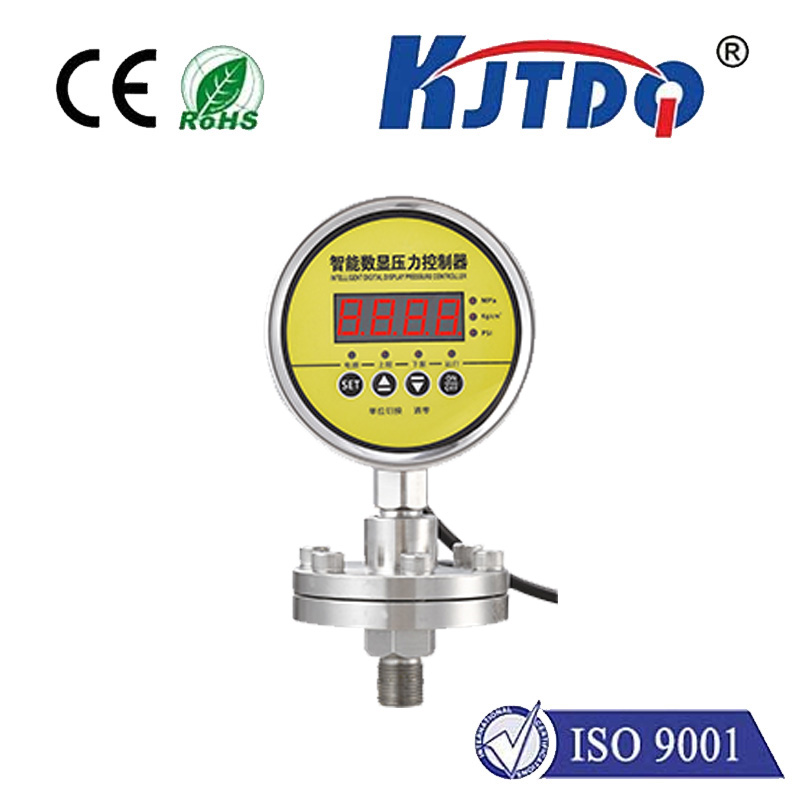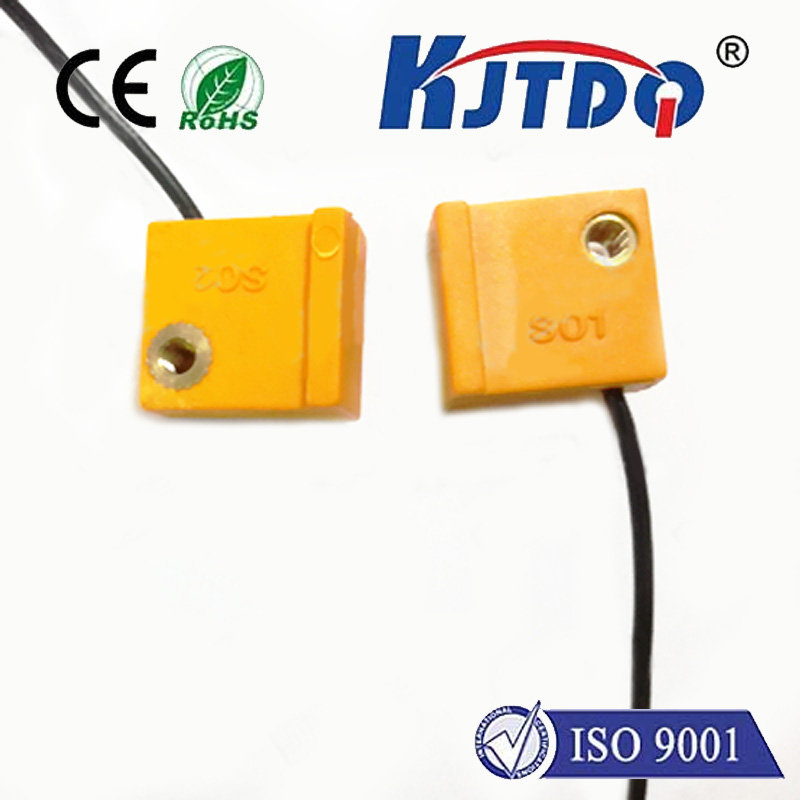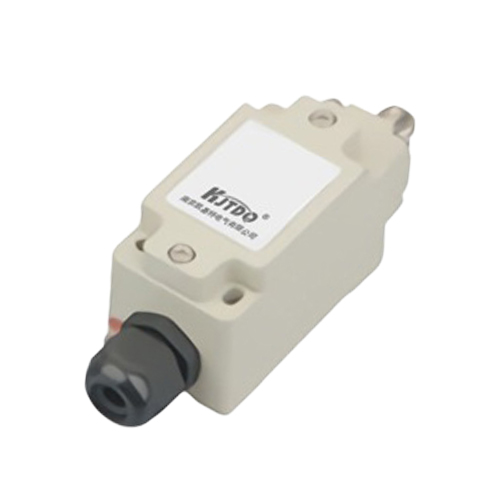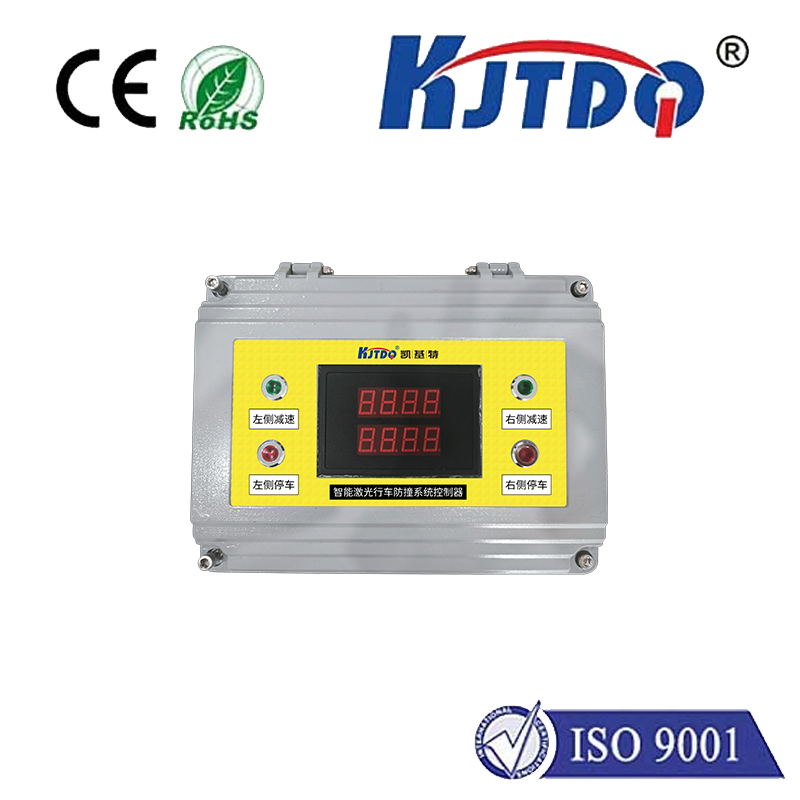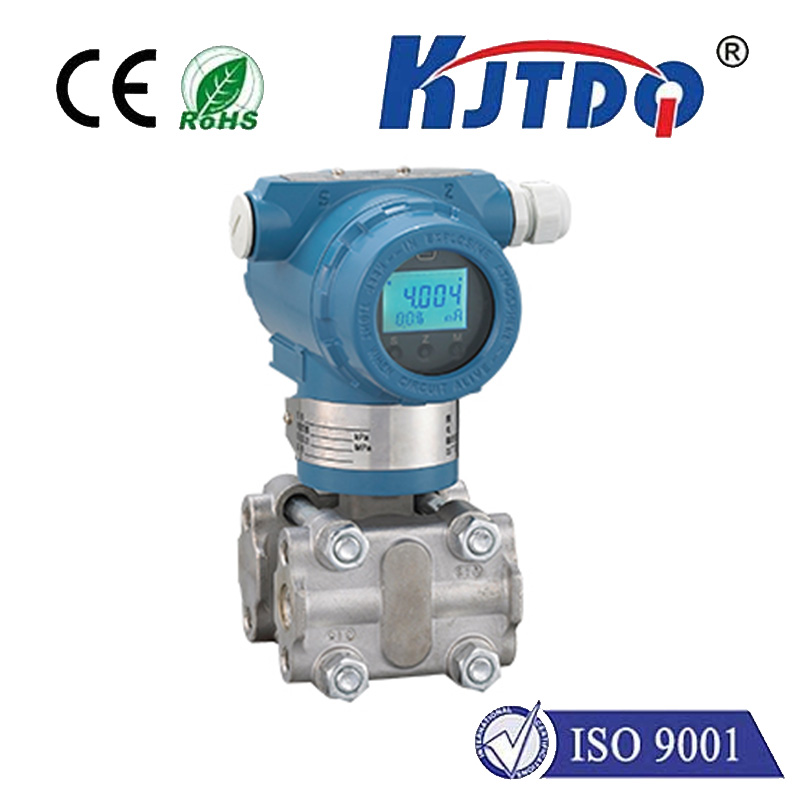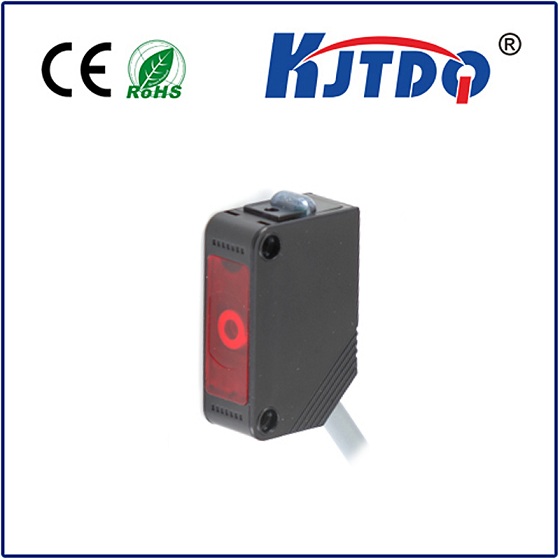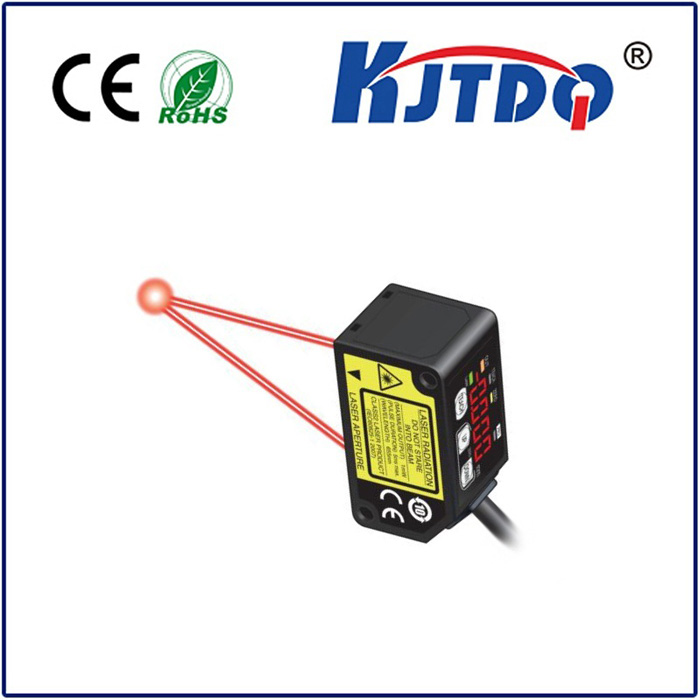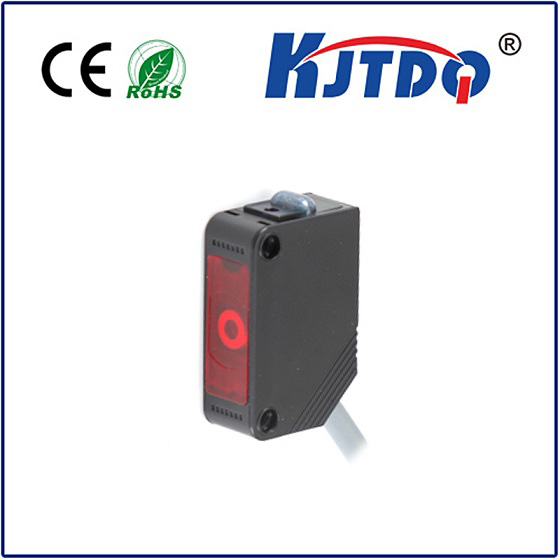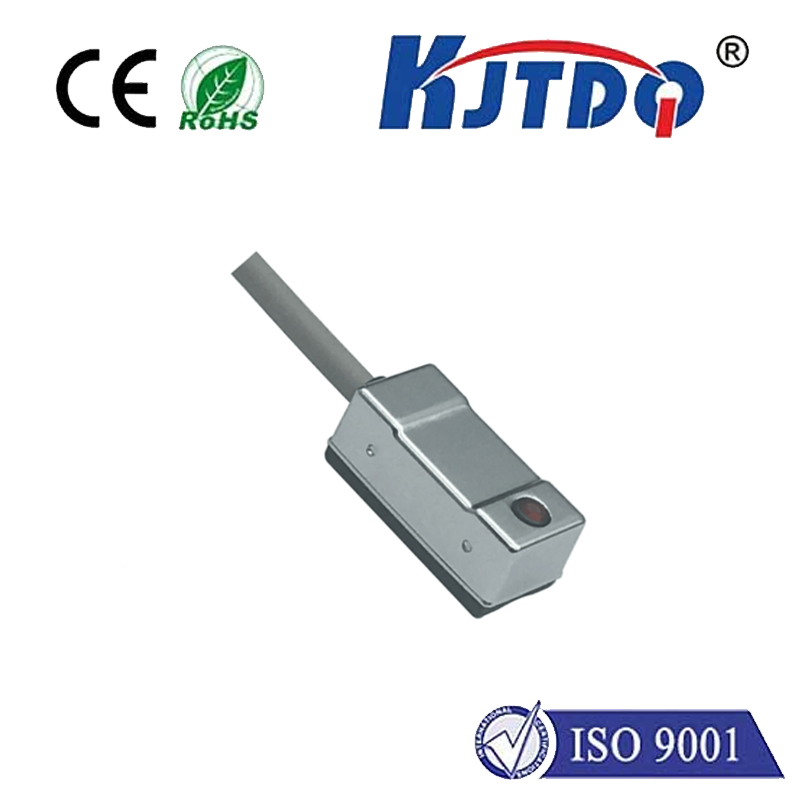varikont proximity sensor
- time:2025-07-19 08:19:40
- Click:0
The Unseen Guardian: How Varikont Proximity Sensors Power Modern Automation
Imagine a high-speed bottling line. Thousands of glass containers whizz by in a blur. A robotic arm, precise as a surgeon, places caps perfectly every single time. Missing by even a millimeter would spell disaster. What invisible force ensures this flawless operation, reliably detecting the bottle’s exact position amidst the chaos? The answer often lies in the unassuming yet critical Varikont proximity sensor, a foundational component silently orchestrating efficiency, safety, and precision across countless industries.
Demystifying the Proximity Sensor
At its essence, a proximity sensor is an electronic device designed to detect the presence, absence, or position of an object without physical contact. Think of it as a “touchless eye” for machinery. Unlike limit switches that require mechanical pressure, proximity sensors use electromagnetic fields, light, or sound waves to sense nearby objects. This non-contact operation is their defining superpower, eliminating wear and tear and enabling high-speed, reliable detection in harsh industrial environments where dirt, oil, vibration, and temperature extremes are commonplace. Varikont has built a reputation on mastering this art of reliable, non-contact sensing.
The Varikont Difference: More Than Just Detection
While the core function remains object detection, what sets Varikont proximity sensors apart in a crowded market? Their designs consistently reflect a deep understanding of industrial reality:
- Robustness Personified: Industrial settings are unforgiving. Varikont sensors are engineered for resilience, boasting rugged metallic housings (like nickel-plated brass or stainless steel), exceptional ingress protection ratings (IP67, IP68, IP69K), and resistance to chemicals, oils, and cutting fluids. This translates directly to reduced downtime and lower maintenance costs.
- Precision Meets Versatility: Accuracy is non-negotiable. Varikont offers sensors with incredibly short or extended sensing ranges, capable of detecting tiny components or large metallic structures. Their portfolio includes diverse technologies:
- Inductive Sensors: The workhorses for detecting metallic objects. Varikont inductive proximity sensors excel in detecting ferrous and non-ferrous metals with high repeat accuracy and immunity to surface conditions like dirt or moisture.
- Capacitive Sensors: Masters of detecting non-metallic objects. Need to sense liquid levels through a tank wall, detect plastic pellets, or identify wood or paper? Varikont capacitive proximity sensors provide the solution.
- Unwavering Reliability: In automation, sensor failure can halt an entire production line. Varikont prioritizes consistent, long-term performance. High-quality internal components, stable output signals even under voltage fluctuations, and resistance to electrical noise ensure signals you can trust, shift after shift. Operational reliability is a core tenet of their design philosophy.
- Adaptability for Seamless Integration: Manufacturing environments constantly evolve. Varikont sensors come in myriad shapes, sizes (including miniature and cuboid designs), connection types (cable or connector), and output configurations (NPN, PNP, NO, NC). This flexibility simplifies installation, replacement, and integration into new or existing machinery, future-proofing your investment.
Where the Invisible Guardian Makes a Visible Impact
The applications of Varikont proximity sensors span virtually every sector driven by automation:
- Manufacturing: Counting parts on conveyor belts, confirming workpiece presence in machining centers (CNC), verifying robot end-of-arm tooling position, ensuring correct positioning in assembly jigs, detecting tool breakage or wear. Precision positioning is key.
- Material Handling: Detecting pallets on high-bay storage systems (AS/RS), confirming package presence on sorters, sensing bin levels, triggering filling operations. Efficient logistics rely on their silent vigilance.
- Automotive: Verifying door, hood, or trunk closure on assembly lines, detecting vehicle position in paint shops, monitoring robotic welder movement, confirming component presence before robotic installation. Process reliability is paramount.
- Packaging: Ensuring bottles/cans are upright for filling/capping, detecting missing labels, counting packages, controlling film wrapping operations, verifying case sealing. High-speed verification keeps lines moving.
- Food & Beverage & Pharma: Capacitive sensors excel here, detecting liquid levels in hygienic tanks, verifying presence of plastic containers or lids, monitoring product flow. Models featuring stainless steel housings and suitability for washdown environments (IP69K) are crucial for compliance and sanitation.
Selecting the Right Varikont Partner
Choosing the optimal Varikont proximity sensor involves considering several factors:
- Target Object: Is it metal (inductive likely) or non-metal (capacitive required)? What is its size and material?
- Required Sensing Distance: How far away does the sensor need to detect the object? Choose a model whose nominal sensing range fits the application with a safety margin.
- Environmental Conditions: Temperature extremes? Presence of oils, coolants, dust, water jets? High pressure washdowns? Select the housing material and IP rating accordingly. Robustness is non-negotiable in harsh settings.
- Mounting Constraints: Limited space? Threaded barrel, block, or rectangular sensors offer different mounting options.
- Electrical Requirements: Voltage supply (typically 10-30V DC)? Needed output type (NPN sinking, PNP sourcing, Normally Open/Closed)? Ensures compatibility with your PLC or control system.
- Special Features: Do you need short-circuit/overload protection? Resistance to welding fields? High-temperature variants? Varikont’s diverse range covers specialized needs.
The Foundation of Smart Operations
While flashy robots and complex PLCs often grab headlines, the Varikont proximity sensor represents the fundamental layer of sensory input upon which all sophisticated automation is built. It provides the essential “yes/no,” “here/not here” data that control systems rely on to make intelligent decisions. Their reliability, precision, durability, and versatility make them the unseen but indispensable guardians of modern industrial processes. In a world demanding ever-greater efficiency, safety, and quality, the ability to perform millions of contactless detections flawlessly is not just convenient – it’s mission-critical. Choosing sensors engineered for this demanding role, like those from Varikont, is an investment in seamless, uninterrupted, and optimized production.






